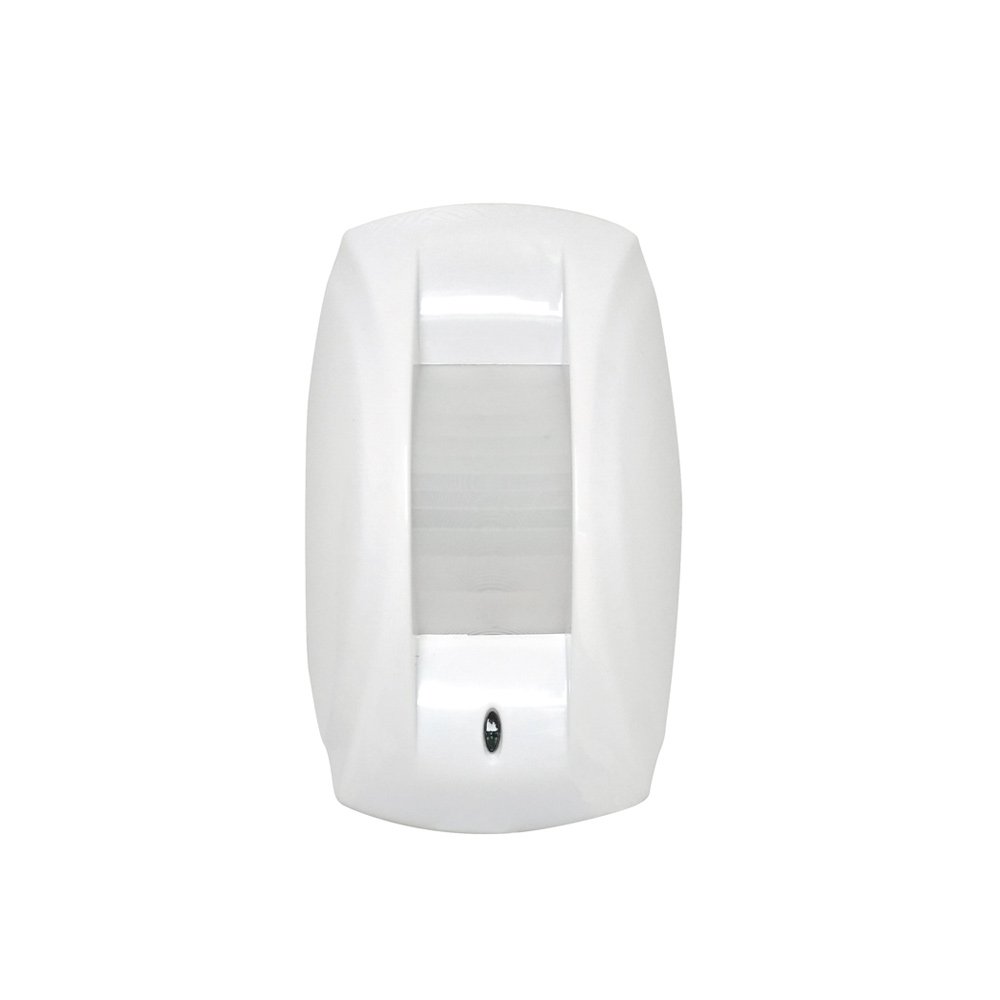Description
Key Features:
- Directional Recognition: This sensor is capable of determining the direction of movement, whether it’s approaching or receding from the sensor. This is particularly useful for scenarios where the movement pattern or direction is critical, such as in secured entries or exits.
- Wireless Technology: It employs wireless communication, thus eliminating the need for complex wiring installations. This feature facilitates easy setup and flexibility in placement. It typically uses protocols like Wi-Fi, Zigbee, or Z-Wave.
- Curtain Style Detection Zone: The detection zone is narrow and elongated, resembling a “curtain”. This design is suitable for covering long, narrow areas such as hallways, doorways, and alongside windows, ensuring that only movements within this specific zone are detected.
- High Sensitivity and Specificity: With advanced sensors and digital signal processing, the detector offers high sensitivity to movement while minimizing false positives. It can differentiate between different types of movements and even identify pets versus humans, depending on the model.
- Integration with Smart Systems: Easily integrates with existing smart home or business automation systems, enabling actions such as triggering alarms, notifications, or activating other devices like cameras and lights based on the detected direction of movement.
Applications:
- Home and Residential Security: Ideal for monitoring entrances, windows, or specific areas where the direction of entry or exit is essential.
- Business and Retail: Useful in retail for tracking customer movement patterns or in restricted areas to monitor the direction of staff or visitor movements.
- Industrial Safety: In industrial settings, it can help monitor the flow of traffic, ensuring safety protocols are followed, especially in areas with hazardous operations.
- Healthcare Facilities: Can be used to monitor patient movements in specific areas, helping to ensure patient safety without being invasive.
Installation Tips:
- Correct Placement: Install the detector at an optimal height and position to maximize the coverage of the curtain detection zone. This is usually at around 2 to 2.5 meters above the floor.
- Avoid Interference: Place away from heat sources, ventilation, and any objects that might obstruct the sensor’s view or cause false detections.
- Test the Directionality: After installation, conduct tests to ensure the sensor accurately detects and reports the direction of movement.
- Regular Maintenance: Regular inspections and maintenance, such as battery checks and cleaning the sensor lens, are crucial for long-term reliability.
Benefits:
- Enhanced Security: By knowing not just if something moves but also in which direction, security management can be more precise and effective.
- Reduced False Alarms: The focused detection zone and intelligent processing significantly reduce false alarms compared to traditional motion detectors.
- Ease of Installation and Flexibility: Wireless connectivity allows it to be placed without concerns about cabling, and it can be easily moved or adjusted as needed.
- Smart Integration: Works seamlessly with other smart devices and systems for comprehensive automation and monitoring solutions.
In summary, the Wireless Intelligent Direction Recognition Curtain Style Detector is a highly effective tool for enhancing security and operational efficiency in various settings. Its ability to detect the direction of movement within a narrow zone adds a layer of intelligence to traditional motion sensing technologies.






